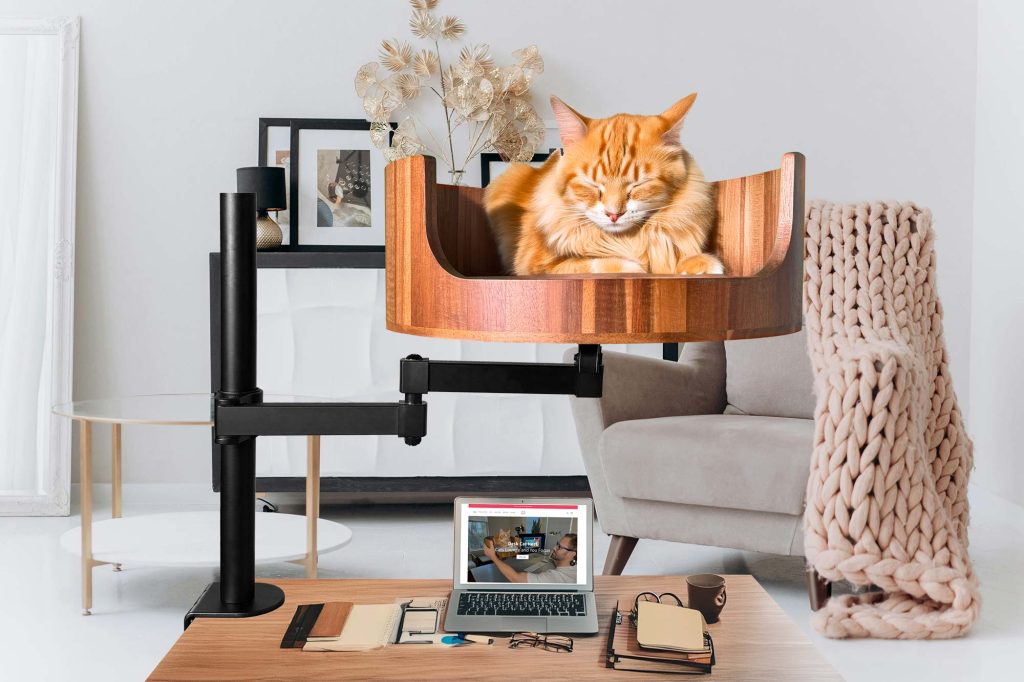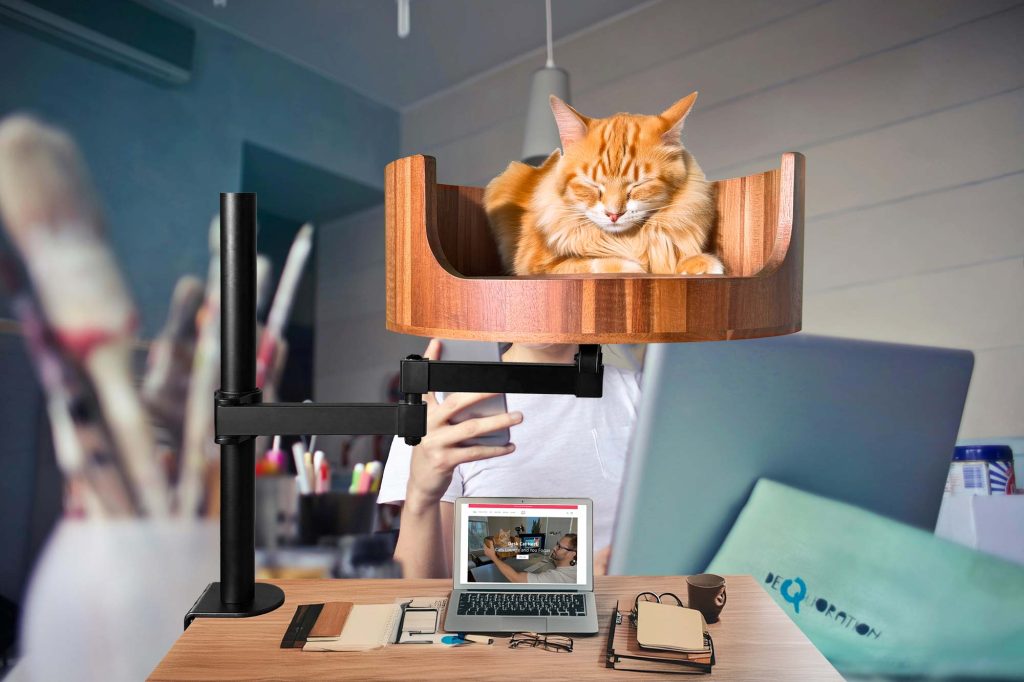If you have ever been around a cat, you have likely noticed that they can communicate a lot through their tails. One common behavior that many cat owners may find puzzling is when their cat wags its tail. This seemingly simple action can actually convey a variety of emotions and intentions, depending on the context. In this article, we will delve into the world of feline communication to help you understand what it means when your cat wags its tail.
From playful flicks to aggressive swishes, a cat’s tail can provide valuable insight into their feelings and intentions. By observing the way their tail moves, you can gain a better understanding of the messages your furry friend is trying to convey. We will explore the various reasons why a cat may wag its tail, from excitement to irritation, and discuss how you can interpret these signals to better communicate with your feline companion. So, if you have ever wondered what your cat is trying to tell you when they wag their tail, keep reading to unlock the secrets of feline behavior.
1. Tail wagging in cats can indicate a range of emotions such as contentment, curiosity, or irritation.
2. Understanding the context of tail wagging is crucial in interpreting a cat’s behavior accurately.
3. Rapid tail wagging can signal aggression or overstimulation, while slow movements may signify curiosity or playfulness.
4. Paying attention to other body language cues along with tail wagging can provide a more complete picture of a cat’s feelings.
5. Tail wagging in cats is a complex form of communication that requires careful observation and interpretation to accurately understand their mood and intentions.
1. Why Do Cats Wag Their Tails?
Cats often wag their tails to communicate their mood or feelings. A cat may wag its tail slowly when it is relaxed or content, while a fast and aggressive wag may indicate that it is feeling agitated or angry. Understanding the reasons behind this behavior can help cat owners better interpret their furry friend’s emotions and respond appropriately.
2. Signs of a Happy Cat
When a cat wags its tail in a slow and gentle manner, it may be a sign that the cat is feeling content and relaxed. This behavior is often seen when a cat is being petted, enjoying a sunny spot, or cuddled up with its favorite human. Additionally, a cat may exhibit a slight flick in their tail when they are curious or interested in something happening around them.
3. Signs of an Agitated Cat
On the other hand, a fast and aggressive wag of the tail can indicate that a cat is feeling agitated, upset, or even angry. This can be seen when a cat is faced with a threat, feeling cornered, or experiencing frustration. It is essential to pay attention to other body language cues, such as flattened ears or dilated pupils, to understand the full extent of the cat’s distress.
4. Tail Positions and Meanings
In addition to the speed of the tail wagging, the position of a cat’s tail can also provide valuable insight into its emotions. For example, a tail held high and upright typically indicates confidence, while a tail held low or tucked between the legs may signal fear or anxiety. It is crucial to consider the context in which the tail is positioned to accurately decipher a cat’s feelings.
5. Case Studies and Examples
Observing real-life examples of cat behavior can further enhance our understanding of tail wagging. By studying case studies or videos of cats in various situations, we can learn to recognize the subtle cues and nuances that cats use to communicate with us. Learning from these examples can help improve our relationship with our feline companions and create a deeper bond based on mutual understanding.
Frequently Asked Questions about Cat Wagging Tail
What does it mean when a cat wags its tail?
When a cat wags its tail, it can indicate a range of emotions. It is commonly associated with agitation, annoyance, or excitement. However, it is important to consider the context and other body language cues to accurately interpret what the cat is feeling.
Is tail wagging always a sign of aggression in cats?
Tail wagging is not always a sign of aggression in cats. While aggressive cats may wag their tails as a warning sign, cats may also wag their tails when they are playful, curious, or feeling uncertain. It is important to observe the cat’s overall body language and behavior to understand the context of the tail wagging.
How can I tell if my cat is wagging its tail out of aggression?
Aggressive tail wagging in cats is usually accompanied by other warning signs such as growling, hissing, flattened ears, dilated pupils, and a tense body posture. If you notice these additional cues along with the tail wagging, it is best to give the cat some space and avoid further interaction.
Should I be concerned if my cat wags its tail?
While tail wagging in cats is a normal behavior, excessive or persistent tail wagging may indicate an underlying issue such as stress, fear, or pain. It is important to monitor your cat’s behavior and consult with a veterinarian if you are concerned about their tail wagging habits.
Can providing a Desk Cat Nest help reduce tail wagging in cats?
While a Desk Cat Nest can provide a safe and comfortable space for your cat to relax and de-stress, it may not directly impact their tail wagging behavior. It is important to address the root cause of the tail wagging through proper care, attention, and understanding of your cat’s needs.
In conclusion, understanding why a cat wags its tail can help strengthen the bond between you and your feline friend. By providing a comfortable and secure space for your cat to rest and relax, such as with a Desk Cat Bed, you are setting the stage for a happier and healthier cat. The elevated design of a Desk Cat Bed can also help alleviate stress and anxiety in cats, potentially reducing the frequency of tail wagging as a sign of agitation. Investing in a Desk Cat Bed is a valuable choice to support your cat’s well-being and provide a cozy sanctuary for them to unwind in.


